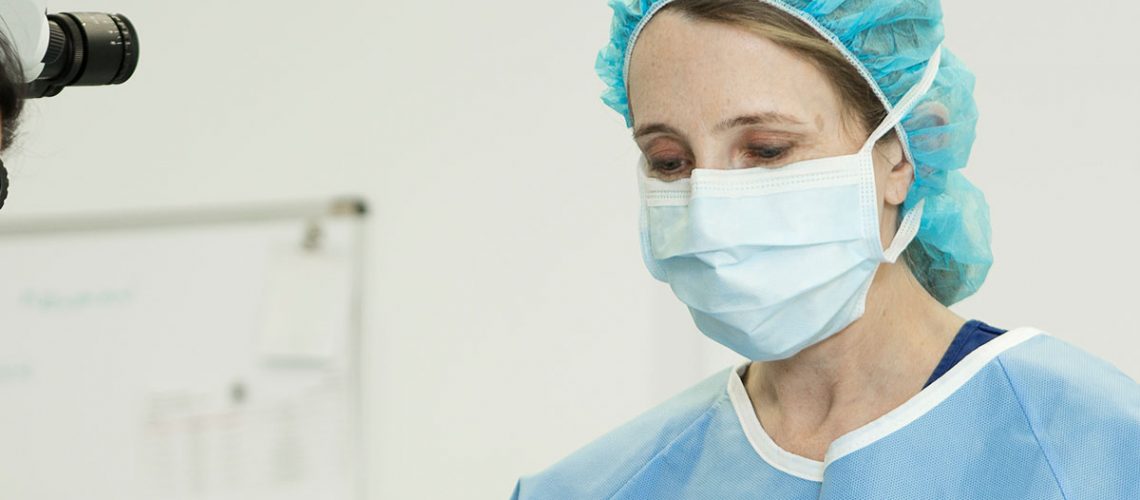Muscle relaxants contain Clostridium Botulinum A, which is a natural, highly purified protein that is used to effectively and safely treat facial wrinkles. The common brand names are Botox and Dysport.
What Are the Risks of Muscle Relaxant Treatments?
Side effects are minimal with this procedure but can include bruising or infection at the injection site, temporary discomfort, headache and mild swelling. Allergic reaction is rare but has been reported. A temporary heaviness or even drooping of an eyelid or eyebrow is occasionally seen following treatment. These will resolve spontaneously as the effect of the treatment wears off.
Also, very rarely, a slight asymmetry of the lower face may occur after treatment of the crow’s feet muscles. This effect is usually not obvious to other people and recovery can be anticipated within 3 to 5 weeks. Severe headache, allergic rash or reactions, feeling of skin tightness, flu-like symptoms, lack of feeling and nausea have also been reported.
What Are Muscle Relaxants Used For?
Muscle relaxants are most often used cosmetically to treat forehead lines, crow’s feet (lines around the eyes) and frown lines. Botulinum has been used for many years to treat a variety of medical conditions including facial spasms, eyelid spasms and excessive tearing.
What does the treatment involve?
Small amounts of the solution are injected into selected muscles using a very fine needle. The procedure is generally quick and is usually well tolerated, with most experiencing a slight stinging sensation. The treatment can be considered a lunchtime procedure and you can return to normal activities immediately.
Your suitability for treatment and expected results will be assessed at your initial consultation and a treatment plan will be developed and we will take photos that can be used to monitor your progress.
How much do I need?
It depends on the area being treated and what you are trying to achieve. This will be discussed and agreed at the time of your consultation and form part of your treatment plan.
How do I look after treatment?
The effects from muscle relaxants begin to appear in a few days with maximum improvement occurring at about two weeks. We like to assess your progress after two weeks in order to decide whether any further treatment is needed to optimise your result.
Botulinum does not improve loose or sagging skin and does not serve the same function as a facelift. About 2% of patients are resistant to Botulinum or may development resistance after repeat treatments. Unfortunately, such resistance cannot be predicted. Botulinum does not cause more wrinkles to form, though untreated muscles near the treated area may occasionally try to compensate for the reduced activity of the neighbouring muscles.
How Long Do Muscle Relaxants Last?
Initially, repeat treatments will be required every 3 to 4 months. After 3 to 5 consecutive treatments some patients will find their results last longer and repeat treatments may be longer apart or may only require a lower dose. Others will be more resistant to Botulinum and will continue to require more frequent treatments.
Are Muscle Relaxants Safe?
Yes, they are. Botulinum Type A has been approved safe by all relevant international and national regulatory bodies for the treatment of facial wrinkles. It is safe to use as an injectable medicine because it is used in such small quantities and injected directly into specific sites.
Is there anyone who shouldn't have this surgery?
Those who are pregnant, breast feeding or planning to fall pregnant within the next three months are not suitable due to the unknown effects and lack of studies to support safety in this case. It is also not recommended within two weeks of surgery requiring general anaesthesia. Please let us know if you have had facial surgery in the past.
This treatment is not suitable for those with certain neurological or muscular diseases and should be postponed in the presence of infection near the treatment area.


